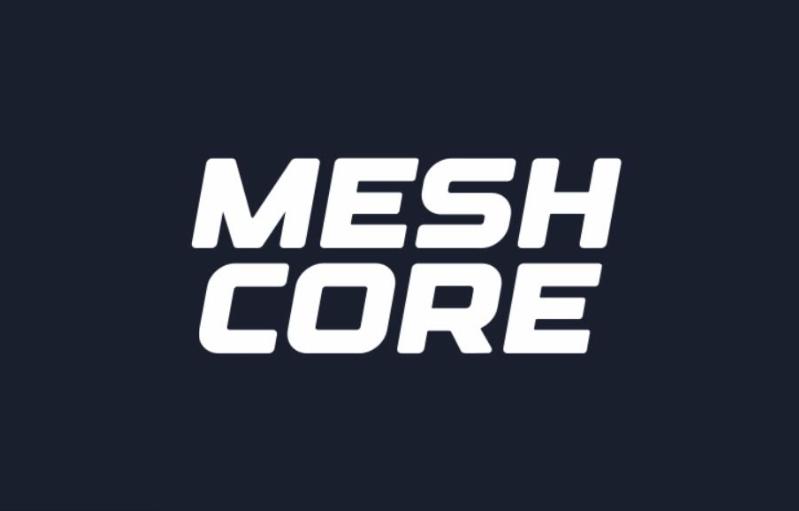Back
:: MESHCORE PROJECT OVERVIEW ::

Meshcore is an open-source project that provides a flexible framework for building mesh networks. While similar in concept to Meshtastic, Meshcore focuses on providing a more foundational framework for users to create custom and robust mesh communication solutions. There are a few key differences between the Meshcore and Meshtastic projects, mostly in regards to packet routing and discovery.
// HOW IT WORKS //
Meshcore devices (nodes) communicate directly with each other, forming a mesh. Messages hop from one node to the next until they reach their destination. This means the more devices there are, the larger and more robust the network becomes. It uses LoRa technology, which is ideal for sending small packets of data over long distances with very low power consumption.
Meshcore's design emphasizes flexible packet routing and discovery mechanisms, allowing developers to tailor how messages find their way through the network, which can differ significantly from other mesh implementations.
**Important Note on Bandwidth and Latency:** Meshcore, like other LoRa-based systems, is designed for low-bandwidth communication. It is **not suitable for voice calls, video streaming, or high-speed internet browsing.** Messages may also experience noticeable delays (latency), especially over multiple hops, as they traverse the mesh network.
- LoRa Radios: Utilizes low-power, long-range radio frequencies.
- Encryption: Communications are encrypted for privacy and security.
- Mobile App (Framework): Provides the foundation for developers to build their own mobile applications to connect to Meshcore devices via Bluetooth for messaging and configuration.
// KEY FEATURES //
- Open Source: Freely available code, hosted on GitHub, encouraging community development.
- Long Range: Capable of sending messages over several kilometers. However, actual range is heavily influenced by **line-of-sight (LoS)**. Obstacles like hills, dense buildings, or thick foliage can significantly reduce range and increase packet loss.
- Low Power: Devices can run on small batteries for days or weeks.
- Text Messaging: Send and receive text messages within the mesh.
- Decentralized: Operates without a central server, increasing resilience and reducing single points of failure.
- Customizable: Provides a foundational base for developers to build specialized mesh solutions, offering deep control over aspects like packet formats, routing algorithms, and application-layer protocols, making it ideal for unique IoT or communication projects. (Note: Features like GPS integration and location sharing are typically implemented by developers on top of the Meshcore framework for specific applications.)
// USE CASES //
- Outdoor Adventures (Hiking, Camping, Skiing)
- Emergency Preparedness and Disaster Relief
- Rural Communication
- Community Networks
- IoT Applications (with low data rate needs)
// GET STARTED //
To get started with Meshcore, you typically need:
- A compatible LoRa development board (e.g., ESP32-based boards with a LoRa module).
- An antenna.
- The Meshcore firmware flashed onto the device.
- A Meshcore-compatible mobile app (often custom-built or community-contributed).
You can find more detailed information, guides, and community support on the official Meshcore website
and GitHub repository.
Back
